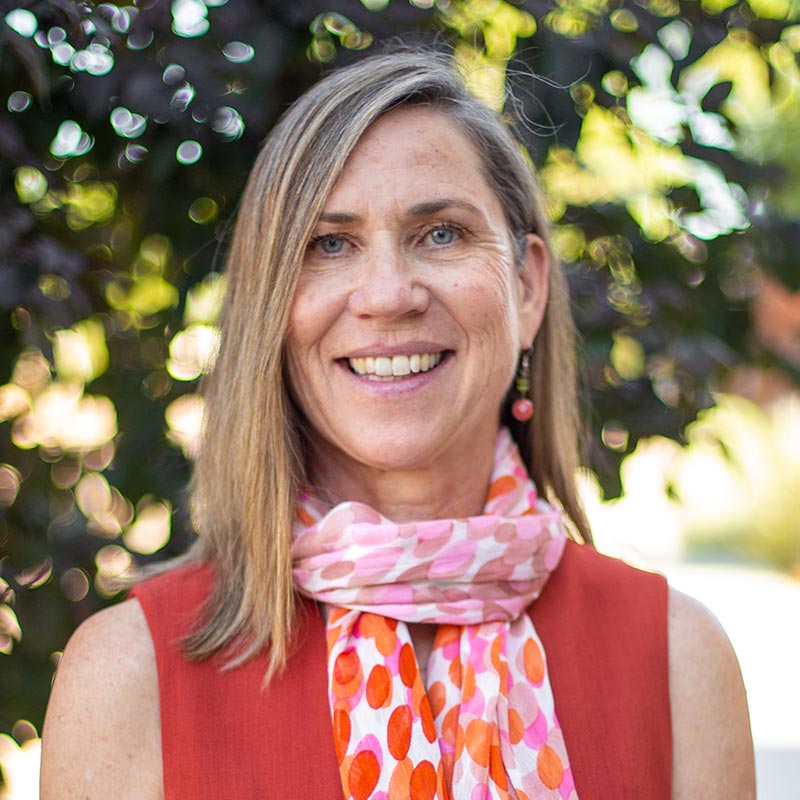Recently, a colleague asked:
What’s the perfect mix of “personalities” on a nonprofit board—if there is an ideal mix? And how do you recruit for a specific personality/type of board member?
While selecting the perfect combination of characteristics for your board may feel like an elaborate game of Guess Who, understanding the right balance of personalities is easier than you think.

Fill in the gaps.
The first rule of thumb: avoid the cook, baker, candle-stick maker mindset. Meaning: avoid filling the board based on profession (think CPA, Lawyer, Marketing Whiz). Your board recruitment process works best when you first assess your current board composition to understand how well suited (or not) the group is to carry out both the internal and external activities of the board’s role. For more on the board’s role, check out our Governance Gold Standard.
In its more current Leading with Intent report, BoardSource reports that almost half of all nonprofit executives say they do not have the right board members to “establish trust with the communities they serve.” In the report, 60% of organizations have intentionally identified the desired mix of diversity, skills, and connections the board needs—increasing the effectiveness of their recruitment efforts. The report also offers ideas for non-traditional recruitment methods to expand the pool of potential candidates.
The sum is greater than its parts
The second rule of thumb: recognize that the board is a social entity. Yes, individuals join the board, but each person then operates within the social entity, acting together as a collective. Board culture is a critical activator for board effectiveness. Pay attention to it, especially in nurturing the board’s ability to work together as a collective. Healthy board cultures are encouraged by a high level of social engagement among board members over the year. Getting time together to know one another can be a game-changer. The sweet spot is five to eight hours per year.

New board member, new board.
The third rule of thumb: Every time we bring on someone new, the team becomes a new team, not the same board with a new member. It’s a subtle but powerful distinction and is far too often avoided, leaving “new” boards member feeling adrift.
Two tips we’ve found helpful:
- First, when new board members join, conduct the board orientation for EVERYONE. As boards members, it’s easy for us to forget important things about the organization. An annual board orientation for everyone level sets roles and responsibilities, as well as expectations.
- Next, use this tried and true approach for encouraging committee engagement. It’s an oldie but a goodie. Often, we leave excellent practices on the cutting room floor in favor of bright and shiny (but unproven) ideas.
Diversity isn’t checking a box.
The fourth rule of thumb: Diversity in all its forms is a strategic act, not one of slot-filling. Here’s where the harsh truth can be hard to look at. In the nearly three decades that BoardSource has been conducting its bi-annual governance survey in the sector, we’ve hardly moved the needle on diversity. We can and should do better, not simply to “check the box,” but precisely because we’re missing out on tons of wisdom, insight, access, and action when we keep recycling the same folks repeatedly. Here are five terrific questions to challenge your board ahead of your pre-recruitment assessment.
- How is our organization’s reputation negatively or positively affected by our board’s current composition vis-a-vis diversity?
- If someone were to make assumptions about our organizational values based on our board’s composition, what would they be likely to think?
- How well are we cultivating a deeper understanding of the community or communities we serve and bringing their perspectives, needs, feedback, and priorities into our strategic boardroom discussions?
- How might we be at risk of making decisions without fully understanding the impact of those decisions on the communities we serve?
- If we were to make a more profound commitment to diversity, inclusion, and equity, what would that mean for our mission, our work, and the people we serve?
There are so many wonderful folks seeking to make a meaningful impact in our communities. I hope these ideas will encourage you to get inspired, get deliberate, and get going to build your powerhouse board!
